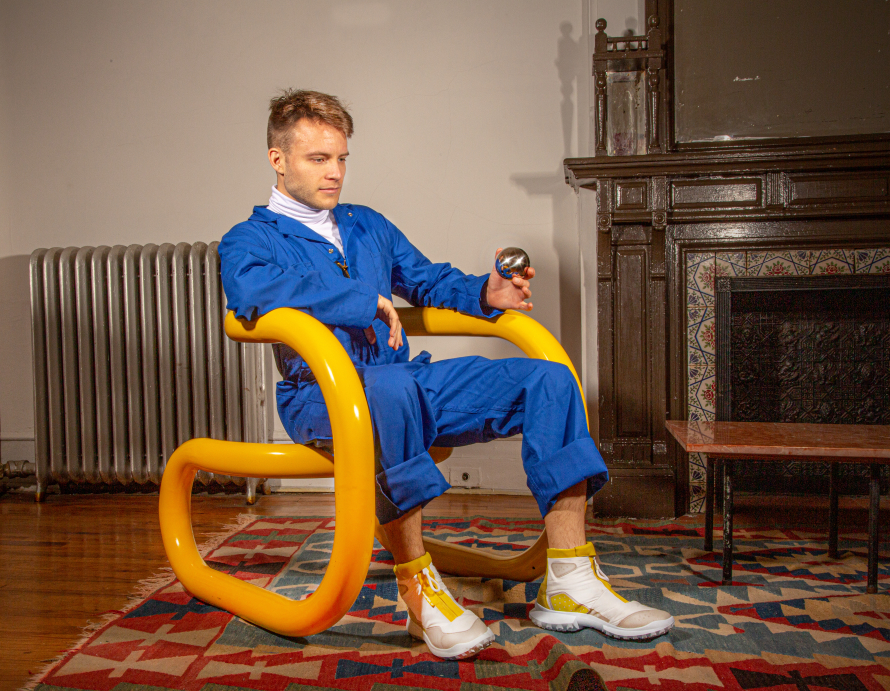Elizabeth Fazzare: Can functional design tell a story? How so?
Nikolas Bentel: I am a firm believer that any object can tell a story, whether it is manufactured, taken from nature, functional or nonfunctional. Functional design in particular has many stories to tell—how it was made, the person who made it—or it can stoke dialogue between the designer and user to become a whole new story.
EF: What makes a "good" design to you?
NB: Something that is “good” design is something that fulfills its intended purpose. However, I believe purpose can be absolutely anything! Perhaps the purpose of the object is to deliberately be “bad design” for a certain user.

EF: How does your design drop model disrupt the current consumer industry?
NB: The quick episodic style of drops is a format that more so disrupts me. It forces me to get ideas out quickly and to not get stuck on the current trend or get too tied down to a perfect font or concept. I also believe that in order to make a real impact on our design industry’s concept of what a performative product can be, it is important to continually express that through this, project after project. Each project in my series has a slightly different story to tell that I hope inspires a bit of pause, contemplation and entertainment. For instance, the Loopy Chair is a story about rethinking how we manufacture things. The Pasta Bag is a story about taking a mundane yet recognizable household item and making it exciting. A lot of my past work has been about how to reimagine our products and how they are made. This series is a continuation of that theme.
EF: If you could design a drop itself, would it be digital or take another form?
NB: If I had no monetary restrictions for a drop, I would love to host a “backwards birthday party,” where instead of receiving gifts, I end up making presents for my family and friends who attend.










 in your life?
in your life?

